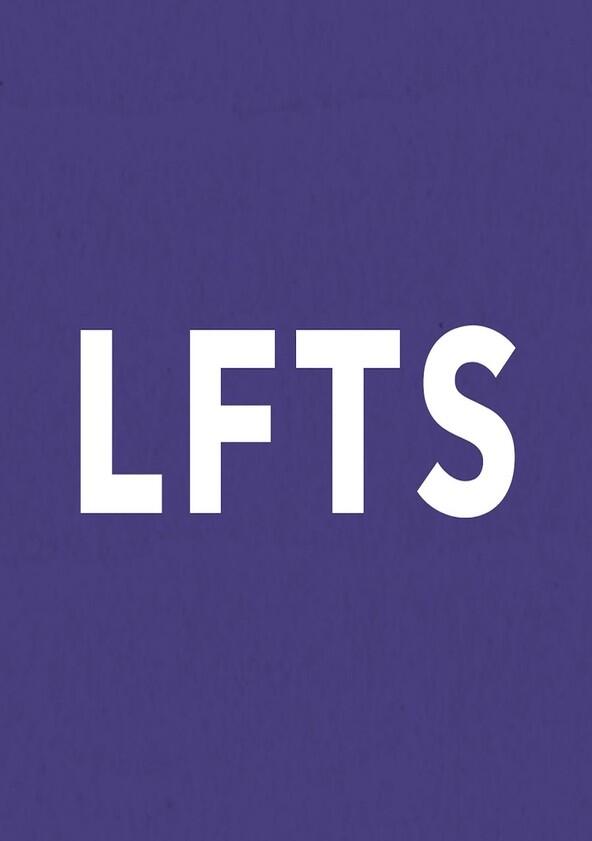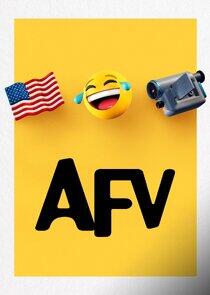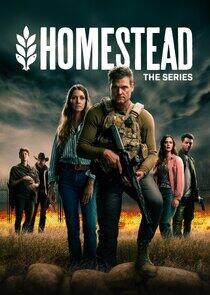Lessons from the Screenplay - Season 4 / Year 2018

Season 4 / Year 2018

Episodes

The Avengers — Defining an Act
David Fincher recently implied that the MCU is "lassoed and hogtied" by three-acts, so I wanted to investigate this statement. This video begins this process by examining how to define an act using Marvel's The Avengers.

The Girl with the Dragon Tattoo — Breaking Convention
The Girl with the Dragon Tattoo is an exciting thriller about an unlikely pair of misfits trying to solve a forty-year-old crime, but it's also interesting from a structural perspective. It uses a non-conventional, five-act structure. This video breaks down the anatomy of an act, to examine how the film breaks the rules while following them at the same time.

Get Out — A New Perspective in Horror
Get Out takes a situation that is universally relatable and adds a specific and unfamiliar protagonist. In doing so, the film unlocks new ways of creating tension and establishing trust. This video examines the new storytelling techniques Jordan Peele applied to 2017's Get Out.

Black Mirror — Now Entering the Twilight Zone
The USS Callister episode of Black Mirror is a bit of an anomaly amongst the nineteen episodes of the series. It cleverly introduces the antagonist in an unconventional way, brings the premise of an old Twilight Zone episode into the near future, and manages to constantly be doing multiple things at once.

Collateral — The Midpoint Collision
Michael Mann's 2004 thriller Collateral is a great example of how a protagonist's facade is slowly stripped away as their inner self is forced to rise, and what happens when these two sides of the character collide at the midpoint of the story.

The Last Jedi — Forcing Change
Star Wars: The Last Jedi is a strange movie. The things it does well, it does very well, and the things it drops the ball on, it really drops the ball on. In this video I look at the character arcs of Finn and Kylo Ren, comparing what works and what doesn't. And finally, I collect my thoughts on the idea of letting the past die.

Jurassic Park — Using Theme to Craft Character
Jurassic Park is a great example of how theme can be used to design a cohesive and powerful story. Author Michael Crichton and screenwriter David Koepp use the theme as the DNA of the story, creating interesting characters with opposing viewpoints that explore the question at the heart of the film: Is everything we call "progress" actually progress?

Black Panther — Creating an Empathetic Villain
Killmonger is a great example of how an antagonist can challenge the hero not just through confrontation and violence, but by representing something that affects the hero emotionally.

Mission: Impossible — Executing the Perfect Heist
The Mission Impossible franchise is full of great examples of how to construct a compelling heist sequence. This video examines the heists from the original film and Mission Impossible — Rogue Nation to reveal the anatomy of a heist.

No Country for Old Men — Don't Underestimate the Audience
No Country For Old Men is a film that challenges the audience in the best possible way. It never condescends and refuses to spell things out—instead compelling us to connect the dots and participate in the storytelling. This video examines some of the ways it achieves this.

A Quiet Place — How to Write Sound into a Screenplay
Sound always plays a particularly important role in the horror genre, but A Quiet Place takes this a step further, making sound itself a key element of the story. So in this video I talk to the sound designers of the film, Erik Aadahl and Ethan Van der Ryn, to learn more about the ways sound can be used in storytelling.

Shaun of the Dead — Why Comedy Needs Character
Edgar Wright films are always full of flashy, fun style, but what makes them so memorable is their equal focus on substance. This video looks at how everything in Shaun of the Dead—from supporting characters to the rise of zombies—is designed to enhance character.

The Devil Wears Prada — The First 10 Pages
The Devil Wears Prada does a great job of setting up its story in a very fun and efficient way. This video goes on a tour of the first ten pages of the screenplay to see how it concisely sets the stage for the entire film.

Good Will Hunting — The Psychology of Character
Good Will Hunting is a film that puts the psychological aspects of story structure right on the surface. This video examines how characters use defense mechanisms to protect themselves, how the supporting characters in a story can be designed to weaken these defenses, and how these elements work together to create a powerful catharsis for both the characters and the audience.

Annihilation — The Art of Self-Destruction
Every genre brings with it a set of expectations that shapes the kinds of stories it can tell and the themes it can explore, and science fiction is perhaps the best genre to openly explore fundamental ideas of existence. So in this video, we investigate how Annihilation takes biological, existential concepts and translates them into narrative elements. We explore how these are expressed in every element of the story, from the characters, to the environment, to the monsters that inhabit it. And we examine how subverting one of the fundamental elements of character creates an experience that is truly alien.
Recently Updated Shows

The Creep Tapes
Based on a collection of videotapes in the secret vault of the world's deadliest and most socially uncomfortable serial killer, who hires his victims to film him for the day under false pretenses, each episode exposes a new victim from one of the fabled 'Creep Tapes'.

America's Funniest Home Videos
ABC's longest-running primetime entertainment show, America's Funniest Home Videos, returns for season 36 this fall with the same mission -- giving families something genuinely funny to enjoy together on Sunday nights.
"AFV," the longest-running primetime entertainment show in ABC history, returns for season 36 with the same mission - to provide viewers with hysterical moments that fly by at a dizzying pace.

The Real Housewives of Potomac
Just up the river from our nation's capital lies a hidden gem—Potomac, Maryland. Its rolling hills, gated mansions, sophisticated prep schools, and exclusive country clubs all serve to keep the area invitation-only. Sprinkled throughout this community are a handful of old-line, wealthy African-American families who have historically broken racial barriers to provide a life of privilege for their children. The Real Housewives of Potomac follows the upscale lives of six intriguing, well-to-do women: Gizelle Bryant, Katie Rost, Karen Huger, Charrisse Jackson-Jordan, Robyn Dixon, and Ashley Darby, all of whom have fought for their places in this society by way of legacy or marriage. In a town where entry is granted only through class, pedigree, and lineage, how far will these ladies go to secure their spot at the top of this prestigious circle?

The Traitors Canada
Follow a group of contestants – including some familiar faces – who live together as they complete a series of challenges with the goal of earning a cash prize. The catch? Some of the contestants are traitors who will attempt to deceive and manipulate their way to the prize instead of sharing it amongst the group. In this psychological adventure will the traitors be unmasked in time?
